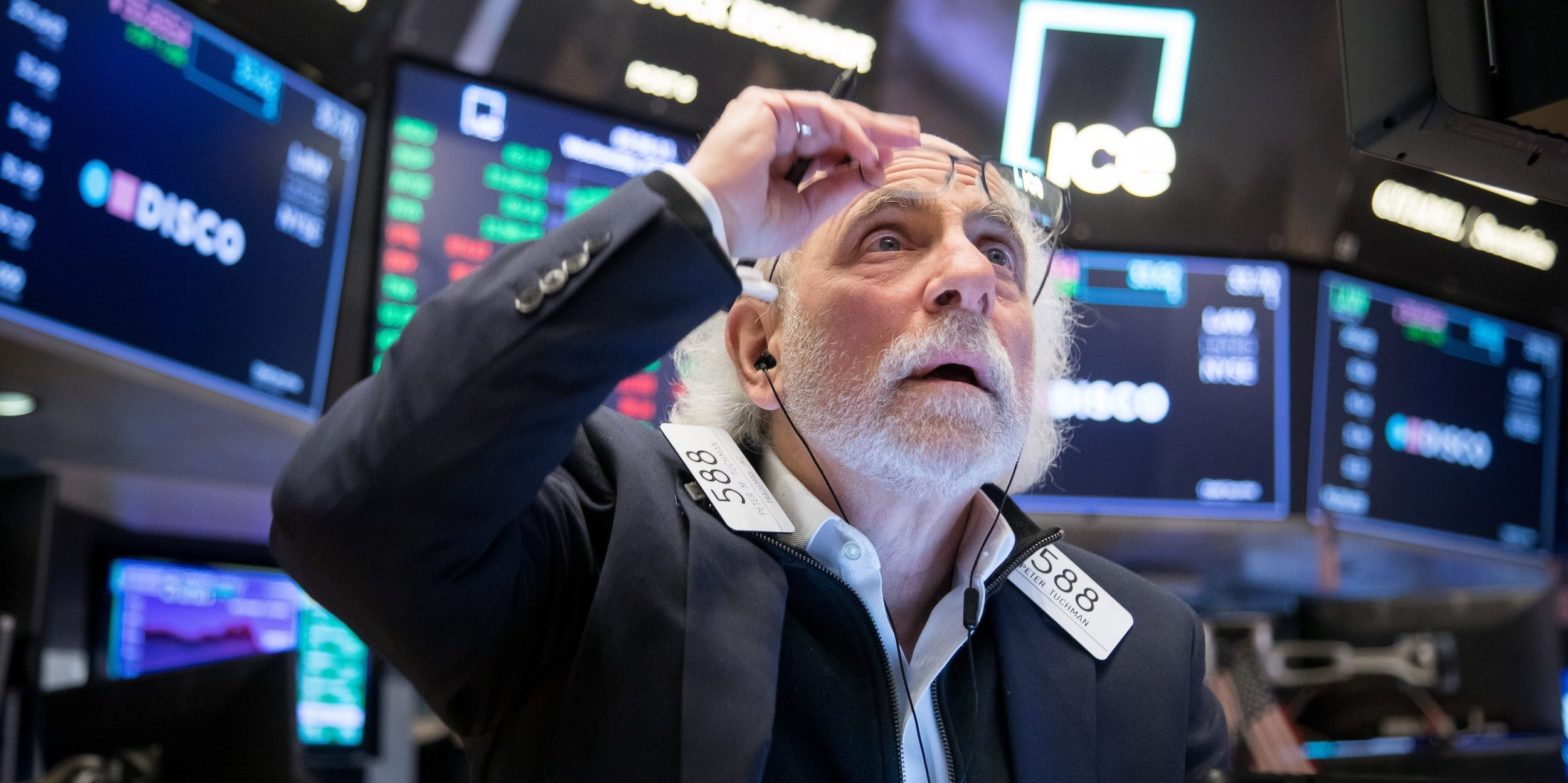Signs are growing that an economic recession is imminent, according to Bank of America.An inverted yield curve, a slowdown in home sales, and a big drop in global freight rates suggest the economy is slowing down.BofA recommends investors focus on bond investing in the first half of 2023 and shift to stocks in the second half of next year. Loading Something is loading.
Thanks for signing up!
Access your favorite topics in a personalized feed while you’re on the go.
More and more indicators are suggesting that an economic recession is about to plague the US, according to a Friday note from Bank of America.
The big signal is the inversion of the 2-year and 10-year US Treasury yields, which is often considered the best leading indicator of recessions over the past 50 years, according to the bank.
That yield curve is currently the most inverted since February 1982, with the 2-year bond yielding 4.45% compared to the 10-year bond’s 3.78%. The inversion signals that investors see more risk in the short term given the weakening economic conditions.
Other indicators that a recession is imminent include a 30% year-over-year decline in pending home sales, a 70% dive in lumber prices, and a 75% plunge in global freight rates, BofA highlighted.
And while the S&P 500 could rally about 5% from current levels, BofA recommends investors “rent the pivot” as a “hot November payrolls” would end the rally, since it would reinforce the Federal Reserve’s goal of taming inflation by remaining aggressive in its current tightening cycle.
Instead, investors should focus on buying bonds between now and the first half of 2023, and shift to stocks in the second half of 2023, according to the note.
“Rates shock so damaging to Wall Street asset values in 2022, but there’s been no rates shock on Main Street,” BofA’s Michael Hartnett said.
But Main Street could see pain in 2023 as refinancing activities ramp up for $1.6 trillion in corporate debt. Refinancing the debt at higher rates will hurt profit margins and ultimately lead to an increase in the unemployment rate. And it’s during that period of weakness investors should turn opportunistic towards stocks.
“There’s your credible big bull trade; we say bonds first half of 2023, stocks second half of 2023,” Hartnett said.
